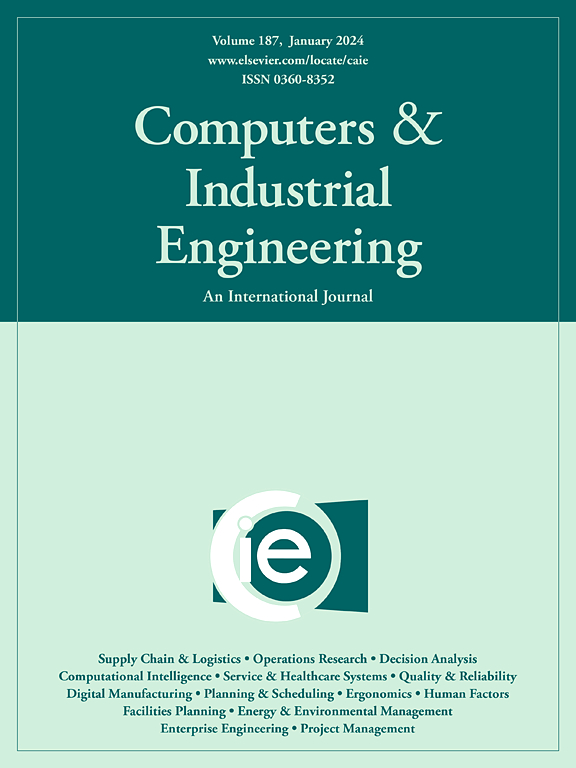整合 GLDS 方法和量子概率论的基于共识的多标准决策方法,用于人为失误的风险分析
IF 6.7
1区 工程技术
Q1 COMPUTER SCIENCE, INTERDISCIPLINARY APPLICATIONS
引用次数: 0
摘要
本文章由计算机程序翻译,如有差异,请以英文原文为准。
A consensus-based multi-criteria decision making method integrating GLDS method and quantum probability theory for risk analysis of human errors
Human error is one of the major contributors to adverse events in a socio-technical system. Human factor analysis and classification system (HFACS), a qualitative method, is widely recognized for analyzing human errors from a systematic perspective. To overcome its limitation in quantitative analysis of the risk of human error, many multi-criteria decision making (MCDM) techniques are combined with HFACS. However, most existing MCDM technique-based HFACS methods ignore the uncertainty of experts’ opinions, the consensus among experts, and the interference effect between experts. To this end, a consensus reaching process (CRP)-based linguistic MCDM integrating the gained and lost dominance score (GLDS) method and quantum probability theory (QPT) is proposed to rank human errors’ risk under the HFACS framework. First, 2-tuple linguistic variables are utilized to represent experts’ opinions on human errors’ risk, which can handle experts’ linguistic opinions in an interpretable, accurate, and simple way. Second, a two-stage feedback mechanism-based CRP shifts to identify the human errors whose risk evaluation information is with low consensus degree and improve their consensus, which contributes to high consensus on human errors’ risk prioritization results. Then, GLDS and QPT are combined to derive human errors’ collective risk value, where GLDS considers both the comprehensive and worst performances of human errors and QPT considers the interference effect among experts. Finally, a case study of risk analysis for human errors involved in hospital care is conducted to show the efficiency of the proposed method.
求助全文
通过发布文献求助,成功后即可免费获取论文全文。
去求助
来源期刊

Computers & Industrial Engineering
工程技术-工程:工业
CiteScore
12.70
自引率
12.70%
发文量
794
审稿时长
10.6 months
期刊介绍:
Computers & Industrial Engineering (CAIE) is dedicated to researchers, educators, and practitioners in industrial engineering and related fields. Pioneering the integration of computers in research, education, and practice, industrial engineering has evolved to make computers and electronic communication integral to its domain. CAIE publishes original contributions focusing on the development of novel computerized methodologies to address industrial engineering problems. It also highlights the applications of these methodologies to issues within the broader industrial engineering and associated communities. The journal actively encourages submissions that push the boundaries of fundamental theories and concepts in industrial engineering techniques.
 求助内容:
求助内容: 应助结果提醒方式:
应助结果提醒方式:


